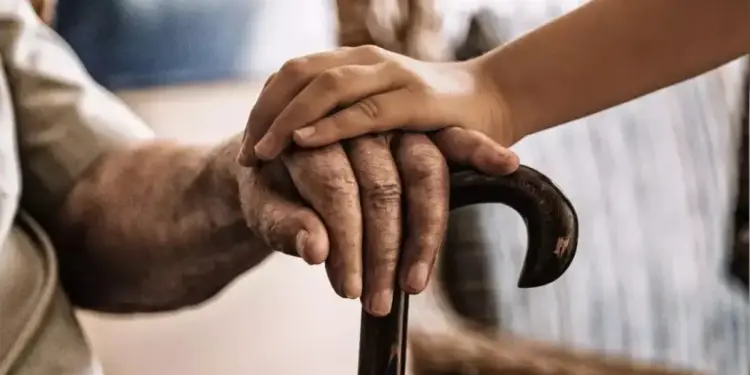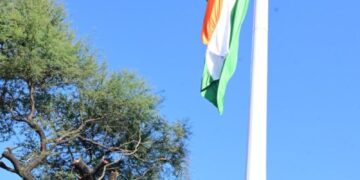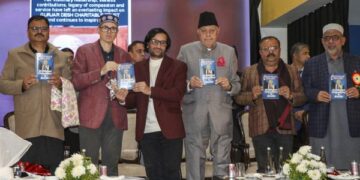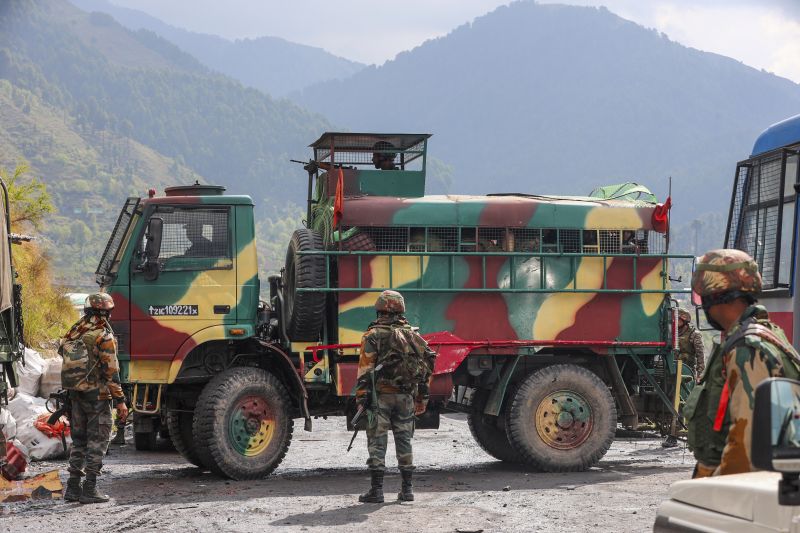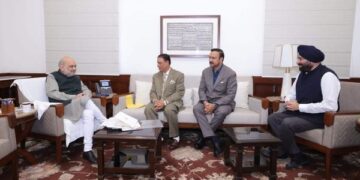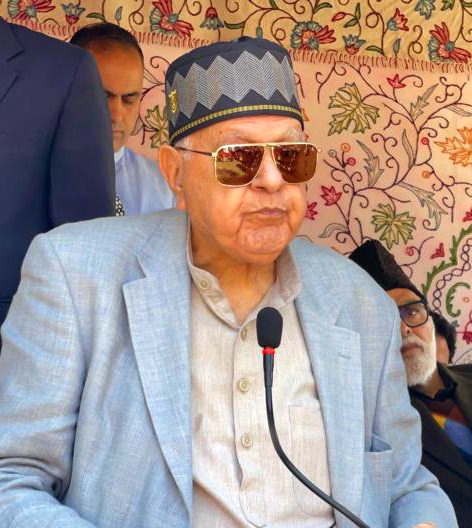New Delhi: Nearly 70 percent of India’s elderly population remains financially dependent, with many continuing to work post-retirement to survive, according to a new report.
The study, “Ageing in India: Challenges and Opportunities,” was released by the Sankala Foundation in partnership with NITI Aayog, the Ministry of Social Justice and Empowerment, and the National Human Rights Commission.
It draws on findings from the Longitudinal Ageing Study in India (LASI), offering a detailed snapshot of India’s rapidly greying population.
Despite improved life expectancy, the report highlights that many elderly Indians live with economic and health insecurities.
The report said that about 6.4 percent of the elderly reduced their meal sizes, 5.6 percent went hungry without eating, and 4.2 percent did not eat for an entire day at least once in the past year.
Odisha (37.1 percent) and Uttar Pradesh (36.6 percent) reported the highest prevalence of underweight elderly, while Dadra and Nagar Haveli led among Union Territories with 40.1 percent.
Overweight and obesity were most prevalent in Punjab (28 percent) and Chandigarh (21.5 percent). Cardiovascular diseases affect 35.6 percent, hypertension 32 percent, and diabetes 13.2 percent of those aged 60 and above. Goa and Kerala report the highest rates of cardiovascular disease (60 percent and 57 percent, respectively), while diabetes is most prevalent in Kerala (35 percent), Puducherry (28 percent) and Delhi (26 percent).
Bone and joint issues are another concern, with 19 percent of the elderly suffering from such conditions.
Telangana leads with the highest prevalence at 33 percent, while arthritis is most commonly reported in Jammu & Kashmir (22 percent) and across all southern states.
Mental health issues are rising, with 30 percent of the elderly experiencing depressive symptoms and 8 per cent showing signs of probable major depression.
The report noted a 10 percent gap between self-reported and clinically screened cases, suggesting underdiagnosis. Elderly women are disproportionately affected, especially widows and those facing ill-treatment or poverty.
Social isolation is growing, with 18.7 percent of elderly women and 5.1 percent of men now living alone. The erosion of joint family structures has exacerbated loneliness, especially among older women.
In Kerala, 65 percent smartphone penetration was found among the elderly.
Age-based discrimination is prevalent, especially in Delhi, where 12.9 percent of elderly respondents reported experiencing one form of discrimination and 12.3 percent reported facing two or more.
One in 10 elderly felt that age was the primary reason for discrimination, with rural and poorer older adults more vulnerable.
Kerala continues to top the chart with 16.5 percent of its population aged 60+, followed by Tamil Nadu (13.6 percent), Himachal Pradesh (13.1 percent) and Punjab (12.6 percent) as of 2021. Bihar (7.7 percent), Uttar Pradesh (8.1 percent) and Assam (8.2 percent) reported the lowest proportions.
While the central government has taken steps such as expanding Ayushman Bharat coverage to all citizens above 70 years, the report called for greater inter-ministerial coordination, investment in home-based care, and age-friendly infrastructure.
It also advocated for public campaigns to challenge ageism and promote the social inclusion of older citizens.

